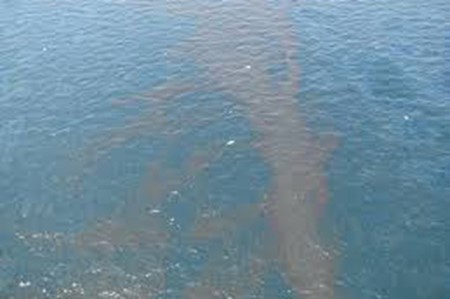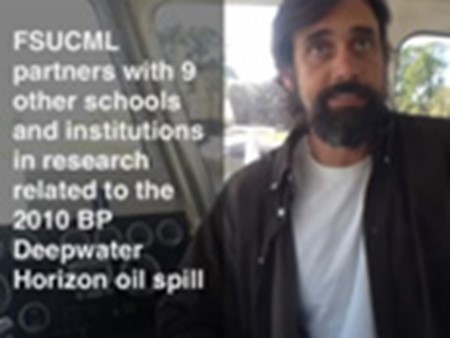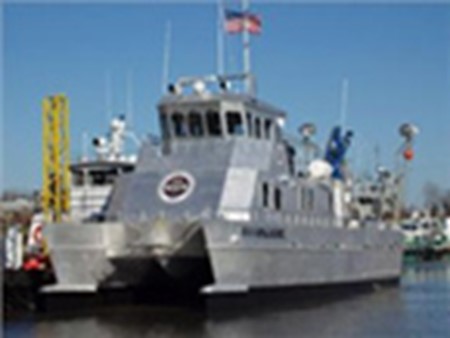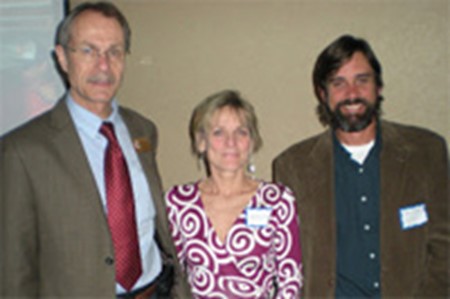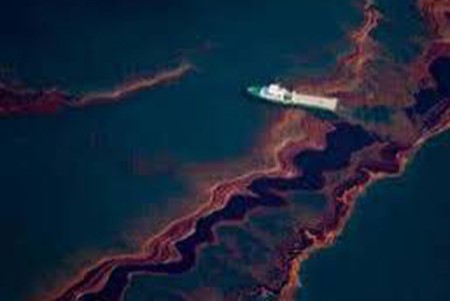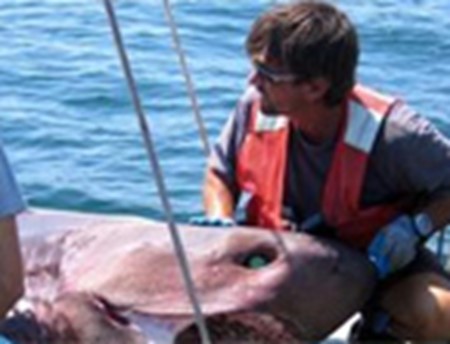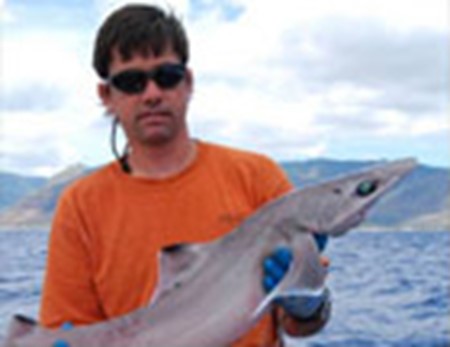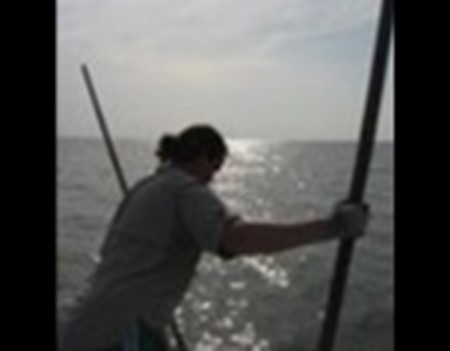Three years after the 2010 Deepwater Horizon Oil Spill, Travis Pillow of the Tallahassee Democrat writes about the research that some of our scientists here at the lab, along with the other Deep-C members, are conducting on the spill. The primary concern is for the long-term effects on the ecosystem, many of which are still unknown. Director, Dr. Felicia Coleman, says "The oil spill shown a light on the Gulf that said, 'My God' ... This is the supplier, and nobody was paying any attention to how important it is." Well people are seeing now just how important the Gulf of Mexico ecosystem is and are worried about what is to become of it.
FSUCML Launches New Research Vessel
Karl Etters with the Tallahassee Democrat interviews FSUCML's Dr. Dean Grubbs and graduate students Cheston Peterson and Johanna Imhoff about their thoughts on the R/V APALACHEE. They are all anxious and excited to embark on its maiden research voyage in April. The R/V APALACHEE is the first of its kind in this region of the Gulf and many are anxious to get a turn.


